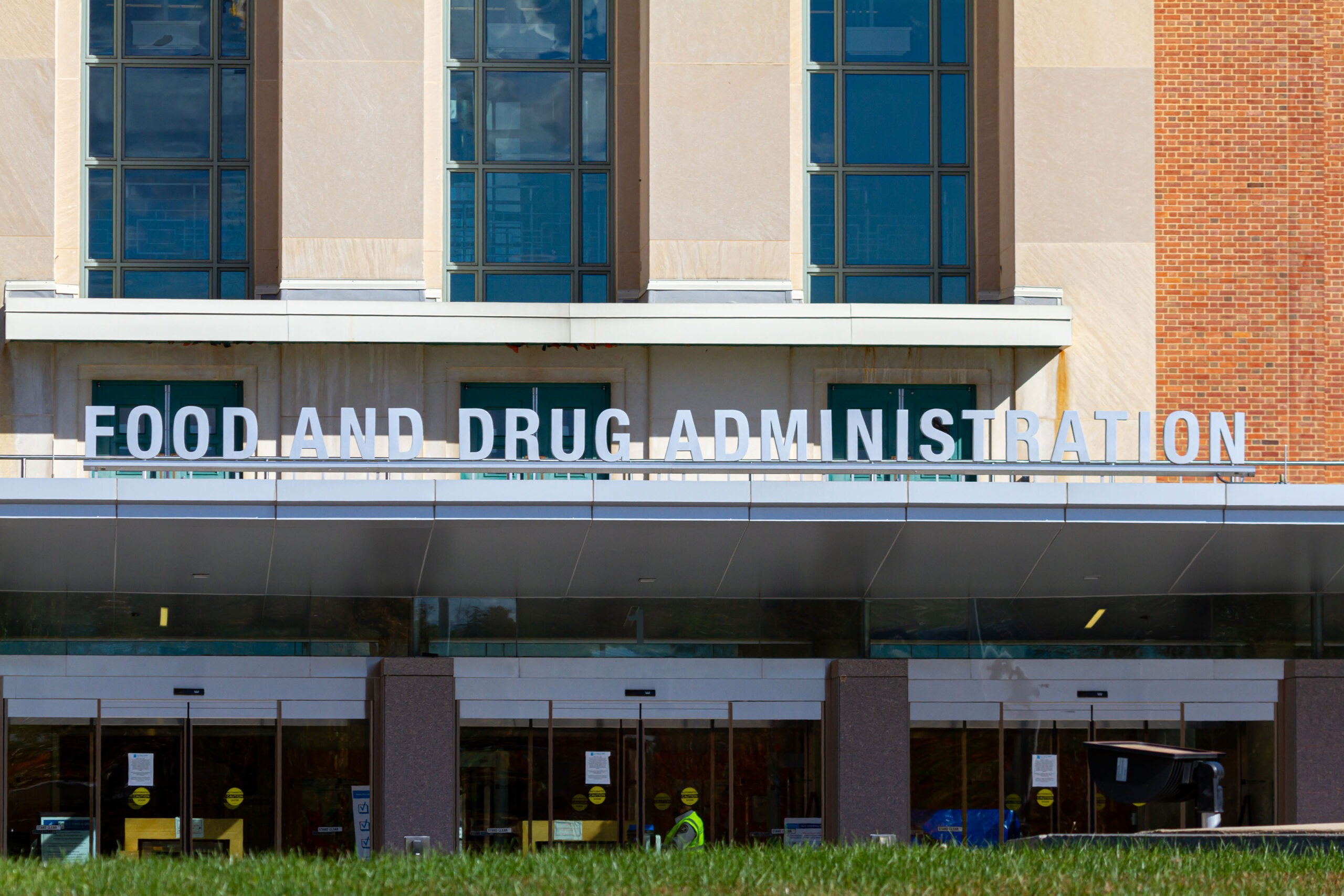On January 19th, ASBM submitted comments on Draft Guidance issued November 19, 2020 by the FDA entitled “Biosimilarity and Interchangeability: Additional Draft Q&As on Biosimilar Development and the BPCI Act”
The document offers insights into how FDA will handle certain aspects of submissions and labeling for interchangeable biosimilars.
These include how an applicant may seek FDA review for licensure for an interchangeable biosimilar, and how a 351(a) BLA holder should proceed if it seeks licensure of its biological product under section 351(k) as biosimilar to or interchangeable with another biological product licensed under section 351(a) (a “reference product”). In addition, the document discusses recommendations for labeling of interchangeable biosimilars.
ASBM’s comments reiterated support for the FDA interchangeability standard, and for transparent labeling that facilitates informed treatment decision-making by healthcare providers and patients:
It is ASBM’s view that biosimilars and interchangeable biosimilars are two separate classes of medicines. The statutory requirements to achieve the designation of interchangeability are appropriately designed to necessitate a higher burden of proof, with a greater focus on the individual patient.
To meet these standards, ASBM believes a robust clinical program is required, such that it can be demonstrated, with near certainty, that the biosimilar product will produce the same clinical result as the reference product in any given patient, AND in the case of a biological product administered more than once to a patient, the risk in terms of safety or diminished efficacy of alternating or switching between use of the biosimilar product and the reference product is not greater than the risk of using the reference product without such alteration or switch.
Regarding Q.I.27 (Labeling of interchangeable biosimilars), ASBM believes that transparent labeling for biosimilar and interchangeable biosimilar products is critical for building physicians’ confidence in the safety of these medicines. Inclusion of approval and safety information generated by the biosimilar sponsor and transparency concerning studied versus extrapolated indications would provide a more comprehensive label to inform physician and pharmacist decisions regarding their patients.
Once finalized, FDA will move the questions and answers from the draft guidance to its companion Final Questions and Answers Guidance on biosimilar development.
Read the Draft Guidance here.
